Brave and bold theatre by Brighton’s brightest!

THE Brighton College Drama Department premiered its very first Fringe production this week, which not only exceeded my expectations but smashed them to smithereens.
Directed and designed by Head of Drama Thomas Kenwright, Candide – the latest creation by English playwright Mark Ravenhill – is a dark, demented and delightful play that proves to be a gamble for the staff and students at Brighton College, but a gamble that pays off.
Candide is a surreal rollercoaster ride, telling the story of a young philosopher who develops a theory based on optimism and how his theory affects the generations that follow. Gleefully hopping from past, present and future, the play pushes its audience to the brink of absurd comedy and staggering tragedy.
Kenwright’s artistic vision is clear throughout the production and his attention to detail is impeccable; the varying set designs in particular had me floored.
For instance, transitioning from a palace in 1757 (with its whimsical Rococo furniture) to a country hotel in 2018 (with an entire dining room literally painted black) carried such a stark contrast that I was left dazed and unprepared for the carnage that ensued. There was also a super campy moment that involved a Ken doll, a zip-line and a bunch of balloons that made me giggle.
My only criticism, and this may come down to the performance I saw being a preview, but some of the sightlines were blocked and blended. Kenwright utilised a fusion of thrust and traverse staging, having the audience sit on three sides of the action, and although there were some truly beautiful stage pictures created, there were also points where I struggled to see a single face onstage. Like reminding an actor to find their light, the same can be said about sightlines, but I think this problem can be solved quite easily.
Tackling sex, murder and existentialism, the play’s content is very mature and I applaud the entire cast (some as young as 13 years old!) for taking a risk and rising to the creative challenge.
Stand out performances include:
Gabriel Ross’s Candide, who demonstrated impressive character development throughout the play – I didn’t like Candide at the start, but by the end I loved him.
Polly Howarth’s Sophie, who captured the perfect balance of sincerity and insanity;
Ferdy Ray’s Scriptwriter, who’s comedic timing is straight out of London’s West End; and finally,
Roxy Toyne in everything she did – even in the scenes where she had very little to do, I was still eagerly waiting to see what hilarious facial expression or mannerism she could sneak in.
Kenwright and his team are onto something big here and, if Candide is any indication, I think (and hope) the Brighton College Drama Department will be back in next year’s Fringe with something equally daring.
Candide is a perfect example of how powerful arts education can be and why we need to foster the talent and passion of young people – now more than ever.
Reviewed by Spencer Charles Smith on Wednesday, May 30 at Montague Studio (Brighton College)
For more information, click here:





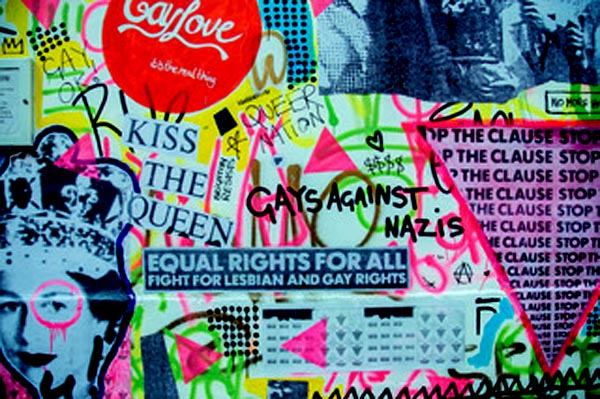



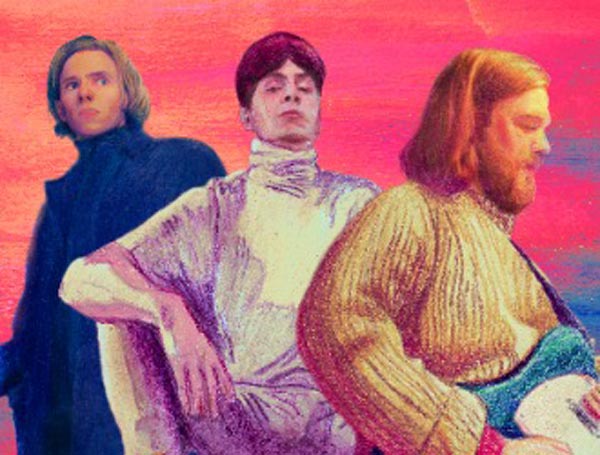

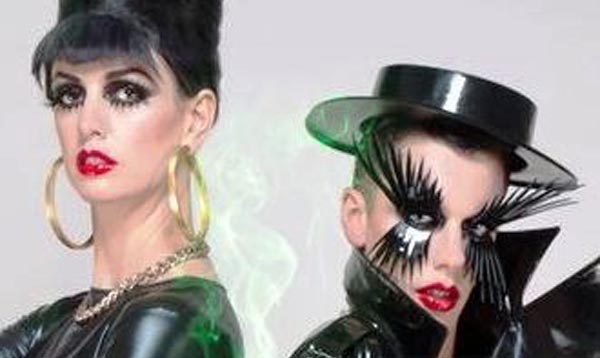

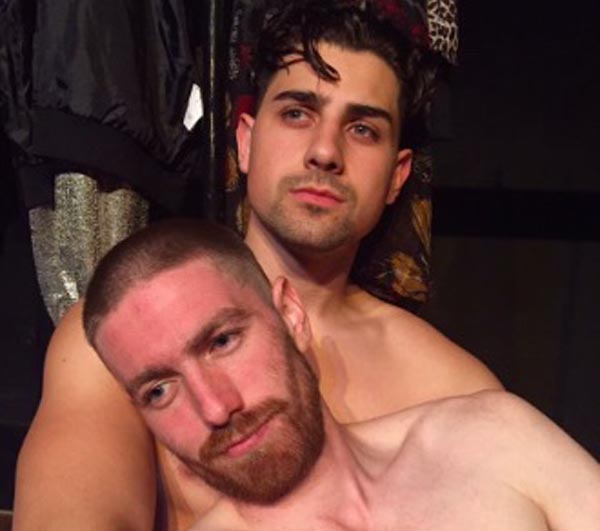

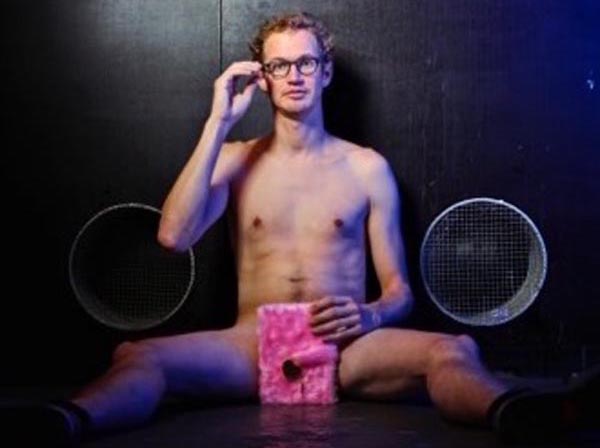
 Sexy comedy (but at whose expense?).
Sexy comedy (but at whose expense?).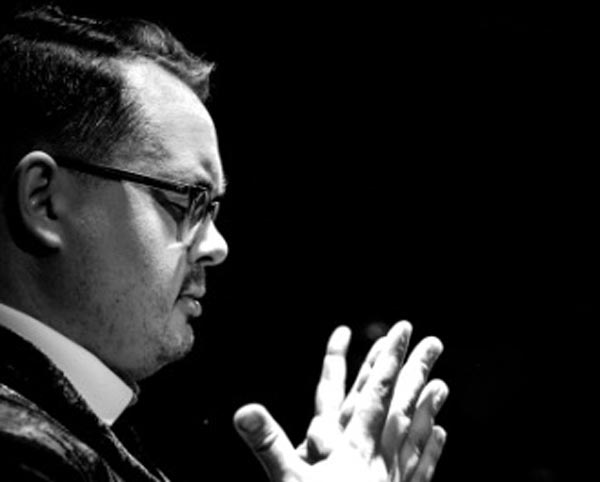
 Shame, Pain and Heart
Shame, Pain and Heart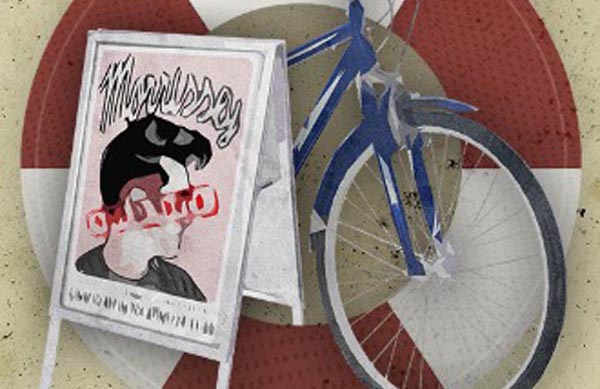





You must be logged in to post a comment.